Overview of Freemasonry and Its Basic Principles
Freemasonry is a fraternal organization rooted in moral and ethical principles, emphasizing brotherly love, relief, and truth. Its degrees, including the Second Degree, symbolize personal growth and enlightenment through rituals and symbolism.
Freemasonry is a fraternal organization with roots in medieval stonemasonry, emphasizing moral and ethical principles. Its core values include brotherly love, relief, and truth, guiding members to self-improvement and service to others. The fraternity is structured around three degrees: Entered Apprentice, Fellow Craft, and Master Mason, each representing stages of personal growth and enlightenment. The second degree, or Fellow Craft, focuses on intellectual and spiritual development, symbolizing the journey from darkness to light. Rituals and symbolism are central to Freemasonry, conveying moral lessons and fostering camaraderie. The organization is open to men of good character, regardless of religion or background, promoting unity and mutual support. Freemasonry’s principles encourage members to lead virtuous lives, contribute to society, and seek wisdom through its teachings and traditions.
Freemasonry is structured around three degrees: Entered Apprentice, Fellow Craft, and Master Mason. These degrees represent a progression of moral, intellectual, and spiritual growth. The Entered Apprentice degree introduces candidates to the basic principles of Freemasonry, emphasizing the importance of self-improvement and brotherly love. The Fellow Craft degree builds on these foundations, focusing on the pursuit of knowledge and the development of the mind. Finally, the Master Mason degree symbolizes the attainment of spiritual enlightenment and a deeper understanding of life’s mysteries. Each degree is conveyed through rituals rich in symbolism, designed to impart moral lessons and foster personal reflection. Together, the three degrees form a cohesive system that guides members toward wisdom, integrity, and service to humanity. This structured progression ensures that Freemasons continually grow in their understanding of themselves and the world around them.
The Second Degree Masonic Ritual: Fellow Craft
The Fellow Craft degree focuses on the pursuit of knowledge, ethical conduct, and symbolic teachings. It emphasizes the journey from darkness to light, highlighting moral and intellectual growth through ritual and allegory.
Significance of the Second Degree in Freemasonry
The Second Degree, or Fellow Craft, holds profound significance in Freemasonry as it symbolizes the journey from intellectual darkness to enlightenment. This degree emphasizes the pursuit of knowledge, ethical conduct, and the refinement of character. It teaches the importance of education, self-improvement, and the application of moral principles in daily life. The ritual introduces symbolic tools and allegories, such as the Tracing Board, to convey lessons about harmony, balance, and the interconnectedness of all things. The degree also underscores the importance of integrity, brotherly love, and relief, which are central to Masonic teachings. By advancing to this degree, a Mason demonstrates their commitment to personal growth and service to others. The Fellow Craft degree serves as a bridge between the first and third degrees, deepening the candidate’s understanding of Freemasonry’s philosophical and moral framework.
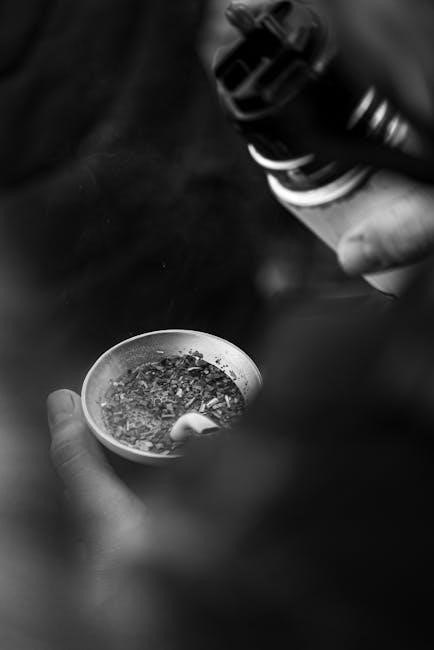
Structure of the Second Degree Ritual
The Second Degree ritual, or Fellow Craft, is a structured ceremony designed to convey moral and symbolic lessons. It begins with the Lodge being opened in due form, followed by the Tyler’s knock and the Inner Guard’s report. The Worshipful Master then introduces the candidate, who is properly prepared to advance; The ritual includes a series of questions and answers, demonstrating the candidate’s understanding of the first degree. Symbolic tools, such as the square and compasses, are presented to reinforce their significance. The Tracing Board is explained, illustrating the journey from darkness to light. The candidate participates in a dramatic enactment, emphasizing the importance of integrity and brotherly love. The degree culminates with the candidate being entrusted with the secrets of the Fellow Craft, including the grip, word, and sign. Throughout the ritual, officers deliver lectures and charge the candidate to uphold Masonic principles; The ceremony concludes with the Lodge being closed in order.
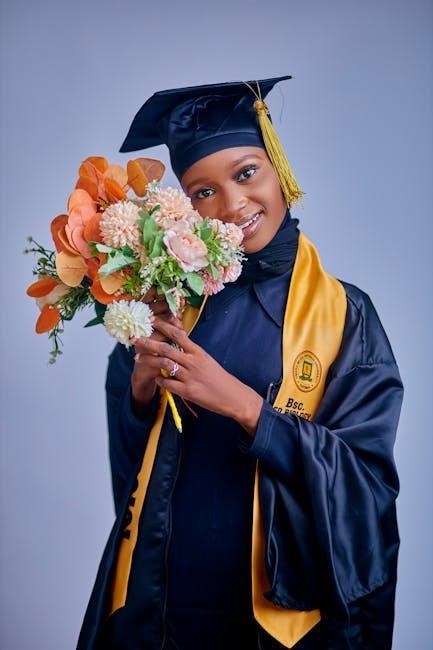
Preparation for the Second Degree
Preparation involves reviewing the first degree, understanding Masonic principles, and demonstrating readiness. Candidates must memorize key symbols and reflect on their moral journey, ensuring a deep comprehension of the ritual’s significance.
Requirements for Advancement to the Second Degree
Advancement to the Second Degree requires a candidate to demonstrate a thorough understanding of the First Degree principles and symbolism. They must memorize key passages, including the catechism and lectures, to prove their proficiency. Moral preparedness is essential, as the ritual emphasizes ethical growth. Candidates are examined on their knowledge of Masonic values, such as brotherly love and relief. They must also display a commitment to the fraternity and its teachings. The Lodge may conduct an examination to ensure the candidate’s readiness, involving questions on the First Degree and their personal reflections. This process ensures that only those genuinely prepared proceed to the Fellow Craft Degree. The requirements are designed to uphold the integrity of Freemasonry and prepare the candidate for the deeper symbolism and lessons of the Second Degree.
The Role of the Candidate in the Ritual
The candidate plays a central role in the Second Degree ritual, actively participating in the ceremony. They must demonstrate readiness by engaging fully with the proceedings, listening attentively to the officers’ instructions, and absorbing the symbolic teachings. The candidate is expected to reflect on the moral and philosophical lessons presented, showing an understanding of Freemasonry’s principles. Active participation involves responding to questions, performing prescribed actions, and embracing the allegorical journey from “darkness to light.” The candidate’s demeanor should reflect humility, sincerity, and a commitment to personal growth. Their role is not passive; they are an integral part of the ritual, embodying the ideals of the fraternity. By fulfilling their role, the candidate reaffirms their dedication to the craft and prepares for the deeper responsibilities of the Third Degree. This active engagement ensures a meaningful and transformative experience.
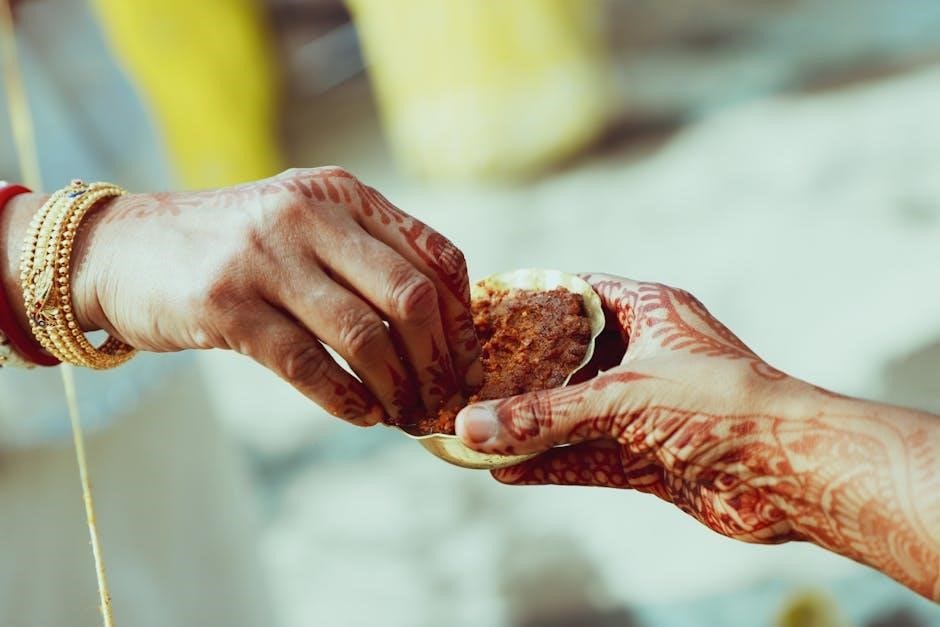
Symbols and Allegory in the Second Degree
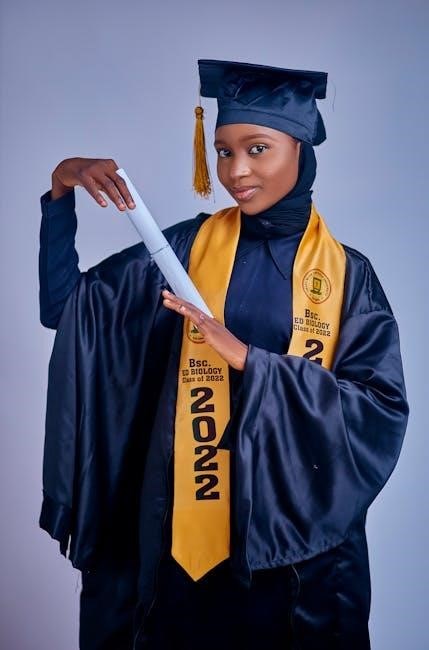
The Second Degree ritual employs rich symbolism, particularly through the Tracing Board, which illustrates the journey of life and moral lessons. Geometric shapes and architectural elements represent spiritual growth and enlightenment, guiding the candidate through allegorical teachings.
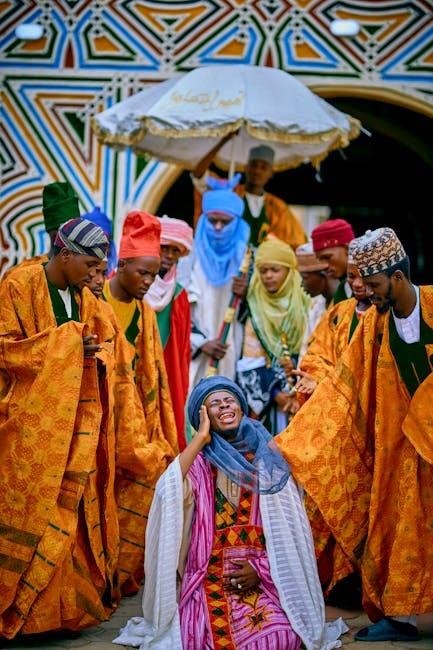
The Tracing Board: Its Explanation and Symbolism
The Tracing Board is a visual tool used in the Second Degree ritual to illustrate moral and spiritual lessons. It depicts symbolic imagery, such as the sun, moon, stars, and the All-Seeing Eye, representing divine guidance and wisdom. The board also features the five orders of architecture, each symbolizing different virtues and stages of personal growth. Through these symbols, the Tracing Board teaches the candidate about the journey from darkness to light, emphasizing the importance of enlightenment and self-improvement. Its intricate designs and allegorical representations serve as a reminder of Freemasonry’s core principles, such as integrity, brotherly love, and relief. The Tracing Board is not just a decorative element but a profound educational tool that reinforces the moral lessons of the Second Degree.
The Five Orders of Architecture and Their Masonic Significance
The Five Orders of Architecture—Tuscan, Doric, Ionic, Corinthian, and Composite—are central to the Second Degree ritual. Each order symbolizes distinct virtues and principles. The Tuscan represents simplicity and humility, while the Doric embodies strength and stability. The Ionic, with its scroll-like volutes, signifies wisdom and creativity. The Corinthian, the most ornate, represents beauty and refinement. Finally, the Composite, a blend of Ionic and Corinthian elements, symbolizes harmony and balance. Together, these orders teach the candidate about the progressive development of character, mirroring the journey from apprenticeship to mastery. Their inclusion in the Tracing Board underscores the importance of moral and intellectual growth, aligning with Freemasonry’s emphasis on personal improvement and the pursuit of wisdom. These architectural symbols serve as powerful reminders of the fraternal values and ethical lessons embedded in the Second Degree.
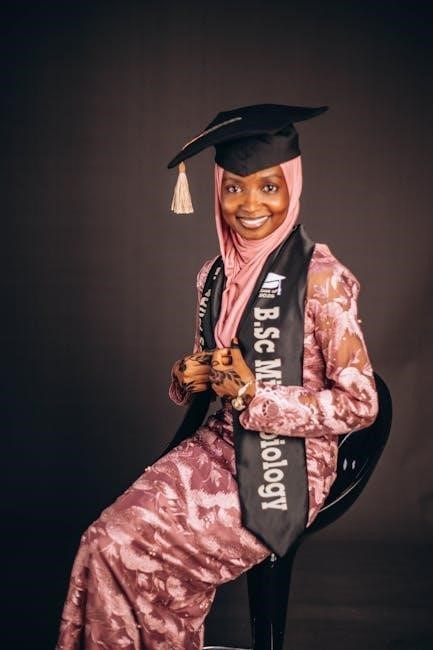
Moral and Ethical Lessons of the Second Degree
Importance of Integrity, Brotherly Love, and Relief
The Second Degree emphasizes integrity, brotherly love, and relief, teaching members to uphold moral standards, support one another, and contribute to societal well-being, reflecting Freemasonry’s core ethical principles.
The Concept of “Darkness to Light” in Masonic Teachings
The concept of “darkness to light” is a central theme in Masonic teachings, particularly emphasized in the Second Degree. Symbolizing the journey from ignorance to knowledge, this metaphor represents the aspirant’s enlightenment and spiritual awakening. Through rituals and allegories, the candidate is guided to seek truth, wisdom, and moral understanding. This transformative journey reflects Freemasonry’s emphasis on personal growth and self-improvement. The Second Degree ritual uses symbolic tools and narratives to illustrate how a Mason progresses from intellectual darkness to the light of knowledge. This concept is deeply intertwined with the principles of brotherly love, relief, and truth, encouraging members to strive for moral excellence and contribute to the betterment of society. By embracing this journey, Freemasons are reminded of their duty to seek wisdom and uphold the fraternity’s ethical standards, fostering a path of continuous learning and enlightenment.
Integrity, brotherly love, and relief are cornerstone principles of Freemasonry, deeply emphasized in the Second Degree. Integrity demands moral uprightness and honesty in all actions, reflecting the Mason’s commitment to truth and justice. Brotherly love fosters unity and mutual respect among members, transcending social and cultural boundaries. Relief involves compassionate support for those in need, embodying the fraternity’s charitable spirit. These principles guide Masons in their personal and communal lives, fostering a harmonious and supportive brotherhood. The Second Degree ritual reinforces these values through symbolic teachings and moral lessons, encouraging members to embody them in their daily lives. By adhering to these principles, Freemasons contribute to the betterment of society while cultivating their own character. These ideals are central to the Masonic journey, ensuring that the fraternity remains a beacon of moral guidance and philanthropic service.
Historical Context of the Second Degree Ritual
The Second Degree ritual traces its origins to early Freemasonry, evolving from 18th-century lodge practices. It reflects the journey from darkness to light, symbolizing enlightenment and moral growth, rooted in historical Masonic traditions.
Origins of the Fellow Craft Degree
The Fellow Craft Degree, or Second Degree, has its roots in early Freemasonry, drawing inspiration from medieval stonemason guilds. Its origins can be traced to the 18th century when organized lodges began formalizing rituals. The degree reflects the journey of a mason from youth to manhood, emphasizing intellectual and moral development. Historical records suggest that the Fellow Craft Degree evolved from earlier practices, incorporating biblical and philosophical teachings. The rituals and symbols used today were influenced by the Enlightenment era’s emphasis on reason and self-improvement. Over time, the degree has maintained its core principles while adapting to cultural and societal changes, ensuring its relevance to modern Freemasonry.
Evolution of the Ritual Over Time
The Second Degree Masonic Ritual has undergone significant evolution since its inception. Originating in the 18th century, it was influenced by Enlightenment ideals, blending philosophical and biblical narratives. Early rituals were less formalized, with variations across lodges. By the 19th century, standardization efforts emerged, particularly in the Victorian era, emphasizing symbolism and moral lessons. The 20th century saw further refinement, with jurisdictions adopting uniform rituals to ensure consistency. Despite these changes, the core teachings of the Fellow Craft Degree—intellectual growth, ethical development, and the pursuit of knowledge—have remained intact. Modern practices continue to honor these traditions while adapting to contemporary cultural contexts, ensuring the ritual’s relevance for new generations of Freemasons. This evolution reflects Freemasonry’s ability to preserve its heritage while embracing progress.

The Ceremony and Its Components
The Tyler’s Knock and the Inner Guard’s Report
The ceremony begins with the Tyler’s knock, signaling readiness. The Inner Guard reports to the Worshipful Master, confirming preparations and initiating the ritual’s proceedings with precision and tradition.
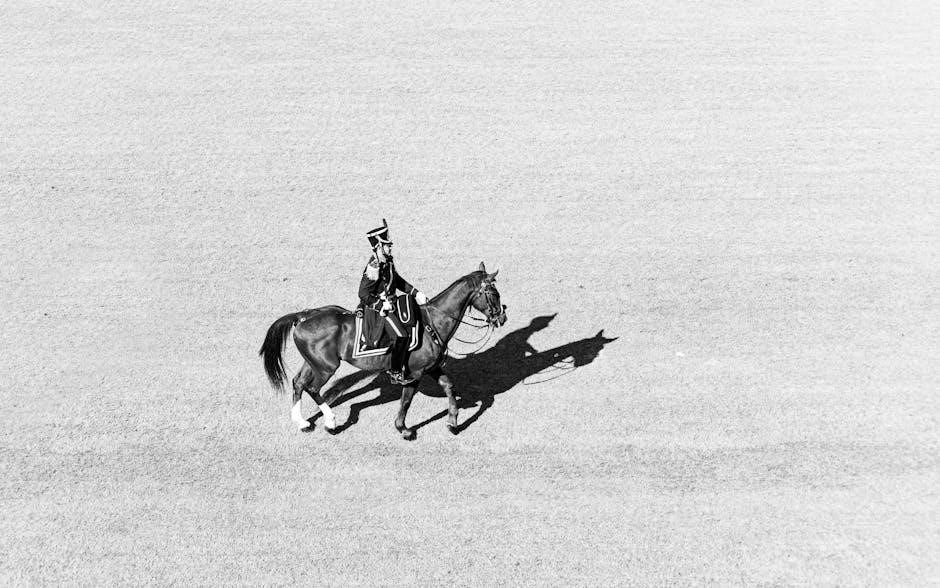
The Role of the Worshipful Master and Officers
The Worshipful Master presides over the Second Degree ritual, guiding the candidate through the ceremony with authority and wisdom. Officers, such as the Senior and Junior Wardens, play pivotal roles in conducting the ritual, ensuring its integrity and symbolic richness. The Worshipful Master delivers key lectures, explaining the moral and philosophical underpinnings of the degree, while the Wardens assist in presenting the candidate and managing the lodge’s orderly progression. Their roles are not only procedural but also symbolic, representing the harmony and structure essential to Freemasonry. Together, they create an atmosphere conducive to the candidate’s enlightenment, emphasizing the importance of integrity, brotherly love, and intellectual growth. Their collaboration ensures the ritual’s solemnity and transformative impact on the candidate. The officers’ precise execution of their duties underscores the fraternity’s commitment to tradition and moral development.
The Tyler’s knock initiates the Second Degree ritual, signaling the Inner Guard to report to the Worshipful Master. This procedural step ensures only authorized members enter, maintaining lodge security and order. The Tyler, stationed outside, verifies the candidate’s preparedness, while the Inner Guard, inside, confirms the lodge’s readiness. Their interaction symbolizes respect for tradition and the solemnity of the ceremony. The knock and report are integral to the ritual’s structure, emphasizing the importance of proper protocol and reverence for the fraternity’s customs. This exchange sets the tone for the candidate’s journey, highlighting the balance between security and the symbolic transition from darkness to light. The Tyler and Inner Guard’s roles are crucial in preserving the ritual’s integrity and spiritual significance, ensuring the candidate’s experience is both meaningful and transformative. Their collaboration underscores Freemasonry’s commitment to order and the sacred nature of its ceremonies.
Challenges and Reflections
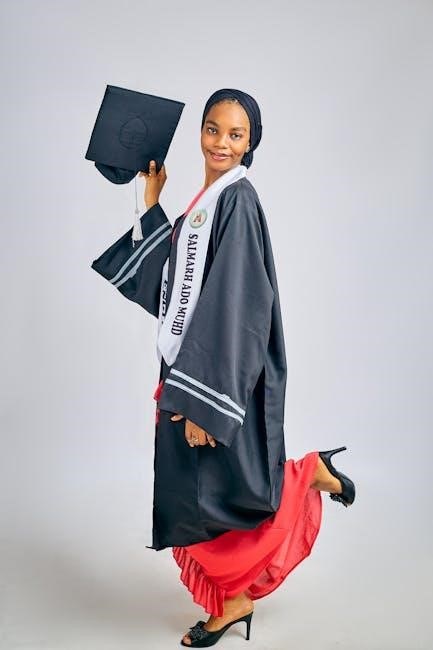
Candidates often face challenges in understanding symbolic meanings and applying moral lessons. Reflections post-ritual encourage personal growth, fostering a deeper appreciation of Freemasonry’s teachings and their practical application in life.
Common Challenges Faced by Candidates During the Ritual
During the Second Degree ritual, candidates often struggle with comprehending the symbolic meanings embedded in the ceremony. The allegorical nature of the teachings can be complex, requiring deep reflection. Additionally, memorizing specific phrases and gestures while maintaining composure can be daunting. Some may feel overwhelmed by the solemnity of the proceedings, which emphasizes moral responsibility and self-improvement. The ritual’s focus on darkness to light may also prompt introspection, challenging individuals to confront their own shortcomings. These obstacles, however, are integral to the transformative experience, designed to foster personal growth and a stronger connection to Freemasonry’s principles. Candidates must actively engage with the material, both intellectually and emotionally, to fully grasp the significance of the Second Degree.
Personal Reflections and Growth After the Second Degree
After undergoing the Second Degree ritual, many candidates experience profound personal reflections and growth. The ceremony’s emphasis on symbolism, such as the journey from darkness to light, often prompts introspection about one’s life and values. Candidates may feel a renewed commitment to Freemasonry’s principles, including integrity, brotherly love, and relief. This degree fosters a deeper understanding of moral responsibilities and the importance of self-improvement. The lessons learned during the ritual, such as the significance of the five orders of architecture, encourage candidates to reflect on their own spiritual and ethical development. This period of contemplation often leads to a stronger sense of purpose and unity within the fraternity. The experience prepares individuals for the challenges of the Third Degree, further solidifying their dedication to the craft and its teachings.
The Second Degree Masonic Ritual is a profound experience, symbolizing growth and enlightenment. It prepares candidates for higher degrees, emphasizing moral lessons and symbolic journeys, while fostering deeper fraternal bonds and personal development.
Final Thoughts on the Second Degree Ritual
The Second Degree Masonic Ritual is a transformative experience, marking a candidate’s progression from symbolic darkness to light. It emphasizes moral growth, intellectual exploration, and fraternal unity. Through allegory and symbolism, the ritual deepens understanding of Masonic principles, preparing the candidate for higher degrees. The ceremony’s structure, rich in historical and philosophical context, fosters reflection and personal development. By focusing on integrity, brotherly love, and relief, the Second Degree strengthens the candidate’s commitment to Freemasonry’s core values. It serves as a bridge between the first and third degrees, ensuring a solid foundation for further spiritual and fraternal advancement. Ultimately, the Second Degree Ritual is a celebration of enlightenment, encouraging members to embody Masonic teachings in their daily lives and communities.
Preparation for the Third Degree: The Master Mason
After completing the Second Degree, the candidate is encouraged to reflect on the moral and ethical lessons learned. This period of contemplation prepares them for the Third Degree, the highest in Craft Freemasonry. The Master Mason degree focuses on themes of mortality, legacy, and the eternal nature of brotherly love. Candidates should deepen their understanding of Masonic symbolism and its application to daily life. Attending lodge meetings and participating in discussions can enhance their readiness. Additionally, familiarizing oneself with the historical and philosophical underpinnings of the Third Degree ritual is essential. This preparation ensures a meaningful and transformative experience, as the candidate embodies the principles of Freemasonry and commits to upholding its values. The journey to Master Mason is not just a ritualistic progression but a profound personal and fraternal evolution.
